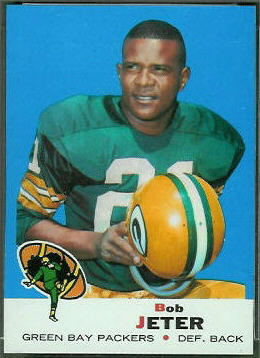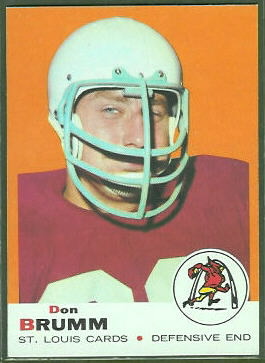The Team’s Effect on Card Value
June 16th, 2009 | Published in Adventures in Card Dealing, General Collecting Info
In previous posts and in some of my uncut sheet pages, I’ve noted bits of conventional wisdom that the price guides employ that don’t hold up in practice. For example, the price guides assign a premium to the first and last cards in a set, because presumably those cards got more wear and tear from being on the top and bottom of kids’ stacks. In practice, I don’t find the first and last cards of a set to be scarcer in high grade than the rest, unless they happened to be on the corner of the sheet before it was cut into individual cards. See my 1959 virtual uncut sheet page for some discussion on this.
The guides sometimes also price short prints much higher than they should. See the 1963 Fleer uncut sheet page for examples of this. They even get entire series wrong. For example, the guides price 1961 Fleer and 1961 Topps second series football cards higher than first series cards, but the second series cards in both sets are actually more plentiful.
On the other hand, we can see that a card’s position on a sheet often affects its availability in high grade. Apparently, cards on the corners and edges of the uncut sheets were often damaged in printing and processing. The price guides don’t appear to acknowledge this, even when the guide has an accompanying population report showing that some cards are much scarcer than others.
What other factors affect a card’s value that the price guides don’t consider? The player’s team comes to mind. I find that Packers, Raiders, and Cowboys cards in general will fetch more than vintage cards from the other teams. I assume that this is because these teams have more of a national following: the Packers’ long tradition, the Raiders’ bad-boy image, and the Cowboys’ “America’s Team” label have made them popular outside their regions. Their success in the 1960’s and 1970’s, when a lot of vintage cards were printed, made their players more recognizable, as well.
Conversely, vintage cards from some teams sell poorly compared to others, and thus do not command as high a price. Cards of Houston Oilers and St. Louis Cardinals, for example, don’t sell as well as cards from other teams. Except for the Oilers’ early AFL days, these teams had limited success in the 60’s and 70’s, and both teams have moved since their vintage cards were printed.
The price guides assign these cards the same value. I’ll take the Jeter.


A lot of people treat their price guide as Gospel, as if the guide should dictate card values, rather than the other way around. In reality, the price guides are very rough: they assign value to factors they shouldn’t, they don’t acknowledge factors they should, and they don’t keep up with the market–even after years. Sure, consult your price guide when buying, but don’t use it as your only source when determining value.
eBay is one place to consult when estimating a card’s current value. You need to look at completed auctions, though, not current ones. See my page on sports card values for instructions on finding completed eBay auctions for your cards.

